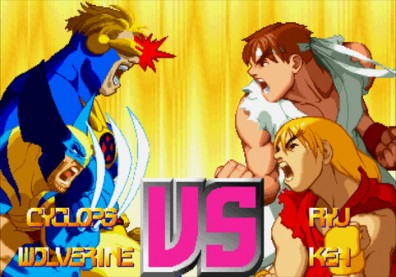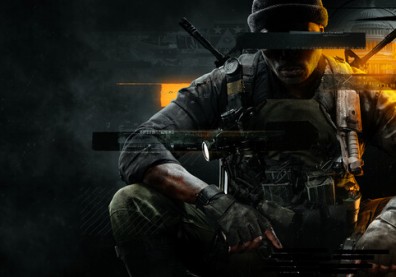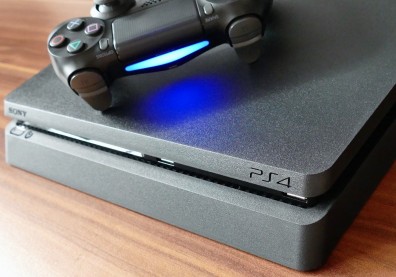Analysts are already trying their hands on the prices of the upcoming next generation consoles – Xbox One and PlayStation 4 – and it seems like a prediction has already been made as to how these consoles will be priced once they are made final for retail.
Wedbush Morgan analyst Michael Pachter, in a recent preview note for investors for the upcoming E3 2013, predicted that Sony’s PlayStation 4 will cost around $349 while Microsoft’s Xbox One will be made available for $399.
Pachter also added that the total amount for materials used to put together Microsoft’s next gen console is around $325 and therefore the predicted retail price is justified. The PS4, on the other hand, has been put together with material costing around $275.
However, Pachter is convinced that there is a possibility that the Xbox One could be available at subsidized rates for users who opt for multi-year subscriptions from a broadcast, ISP provider or cable.
"We believe the ability to watch live TV from a cable, telco, or satellite set-top box through Xbox One could entice an MSO to drive subscriptions through a subsidized box in exchange for a multi-year contract,” Pachter stated, according to Games Industry. “The 'always connected' requirement for the Xbox One likely means that a broadband connection will be required, suggesting to us that ISPs may have an incentive to offer a subsidy as well.”
"In addition, Microsoft could conceivably subsidise the Xbox One through prepaid Xbox Live Gold subscriptions (as it has done on a limited basis in the past) or premium Skype functionality as well. Similarly, Sony could subsidise the PS4 through prepaid PlayStation Network subscriptions, but unlike Microsoft, it does not have a history of doing so.”
The Xbox One and PS4 will face each other this fall and both the companies are aware that setting the right price for the consoles is one of the most important things, so far their business plans are concerned.
Gamestop executives, according to an earlier PC World report, “told analysts that their ‘market model,’ based on their own estimates as well as what they’ve been told by Microsoft and Sony, call for the next-generation systems to have a ‘lower opening price point than they did last cycle’.”
“The same model assumes that the adoption rate for both consoles will be between 80 to 85 percent of the past cycle, he said, and that the attach rate for software will be about 80 percent.”
Additionally, taking Nintendo into account, Pachter also stated that the company needs to make a statement for consumers at E3 that it also has the power to sustain the pressure from Microsoft and Sony and that it already has a set line-up of titles for the rest of the year.
"Nintendo risks losing additional share to its console competitors if the quality and volume of content available for Wii U does not pick up markedly in the near-term,” he added.










